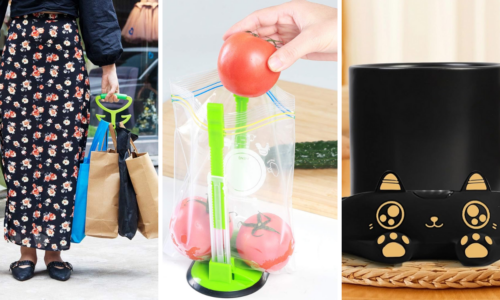Because this is 2017, you can make a living doing just about anything—and that includes being a professional mermaid.
No, you didn’t read that wrong. The Weeki Wachee mermaids of Florida are paid to perform, on a daily basis, an underwater version of Hans Christian Andersen’s “The Little Mermaid.” And you thought being a professional bridesmaid was a weird job.
The Mermaids Of Weeki Wachee
Weeki Wachee Springs State Park has been a Florida roadside attraction since 1947. The park features manatees and turtles, but really—we’re here for the mermaids. Weeki Wachee has a rotating roster of women who wrestle their way into heavy tails and perform 365 days a year for a stadium of 400.
Before Disney World ever existed in Orlando, Weeki Wachee mermaids were diving into the natural springs for tourists. They’d perform a synchronized routine and even do tricks underwater (like drinking a Coca-Cola). Never breaking the surface, they would take breaths of air from an apparatus designed by Weeki Wachee founder WWII Navy veteran Newton Perry.
Derived from the traditional scuba air tank, Perry’s invention made it possible for the mermaids to access an air supply without the traditional bulky gear. The hidden breathing apparatus made it appear that the mermaids could exist underwater without breathing.
Life As A Mermaid
Being a mermaid isn’t as easy or as glamorous as you might think. The women layer on waterproof makeup and grapple with heavy tails. And the pay only starts at around $10 an hour. The mermaids use this meager income to do everything from pay off student loans to eliminate car payments.
And the tryout process is stressful; competition is fierce. Open tryouts only happen about once a year, or as needed. Aspiring mermaids (or princes, for the men), have to be at least 18 years old and must be able to swim 400 yards in under 15 minutes.
If you qualify, there’s still training. All of the cast members are scuba certified—a crucial step that teaches them how to use the air hoses safely. They also learn how to control their natural buoyancy underwater. Breathing in deeply will make you rise, exhaling will cause you to sink. When you don’t have the benefit of pinwheeling your legs, using your lungs is important.
The technical aspects of the training are the easy part. It’s mastering the underwater routines that can be most difficult. According to current mermaids Kristy Madden and Cheyenne Bragg, the “Ferris wheel” is the hardest move. To complete it, the mermaids drop their air hoses, grab each other’s tails and create a “Ferris wheel” as they swim in a connected loop.
On top of that, they’re swimming in a natural spring. There’s a current, and it can move up to 5 mph at times, which is pretty brisk. This means the mermaids have to work extra hard to stay in formation.
And if you were wondering about the water temperature, it’s 74 degrees, year-round. Even though each swim is a workout, water temperatures for fitness are optimal between 78 to 84. So the waters of Weeki Watchee are very chilly.
Mermaids For Life
Some of the women who work at Weeki Watchee grew up watching the mermaids. Kristy Madden is from Florida and told The Penny Hoarder that she grew up going to the state park with her family, “but I never saw [the mermaids] as real people,” she said.
Some women work as mermaids for years. Stayce McConnell has worked at Weeki Wachee for about 15 years. Many don’t stay that long, but the women say the bonds they make as professional mermaids are long-lasting.
It seems like it really is better down where it’s wetter!









